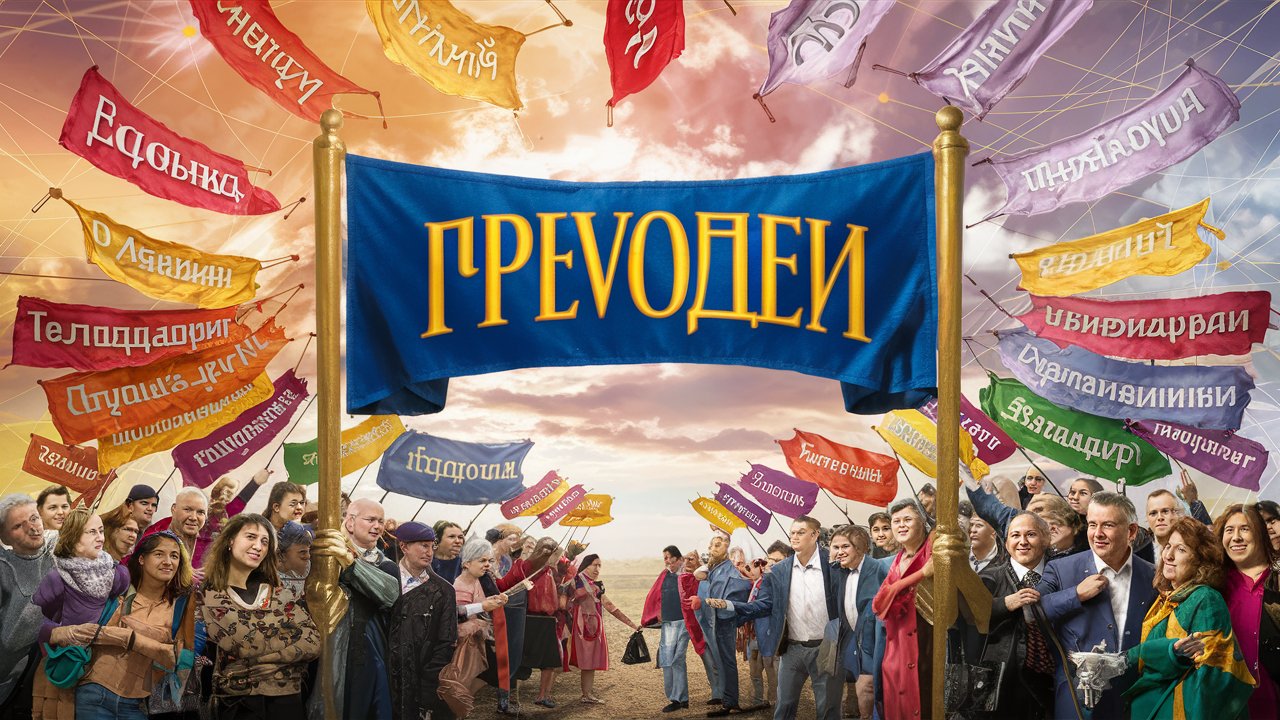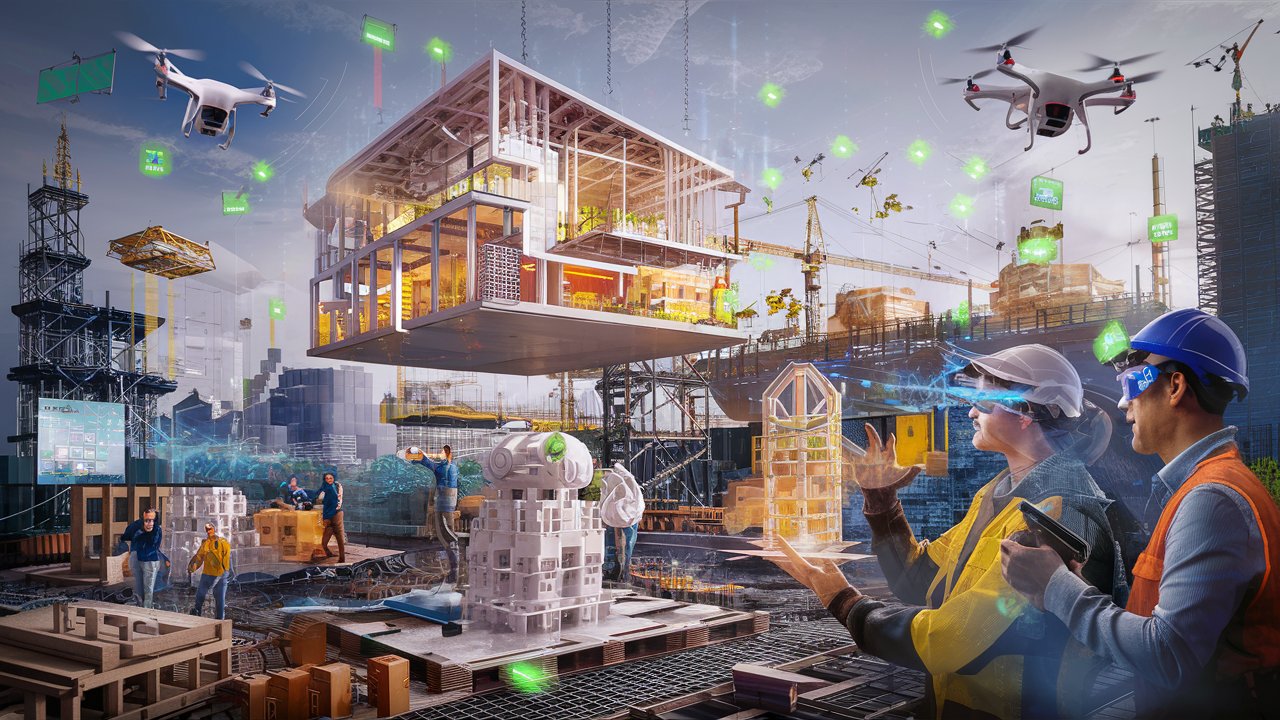Table of Contents
The power of преводеч translation in a globalized world. Explore its role, challenges, benefits & future trends. Expert insights & practical tips await!
In преводеч an increasingly interconnected world, where borders blur and cultures intertwine, the power of translation transcends mere words. It serves as the bridge that unites people across languages and cultures, facilitating understanding, communication, and collaboration on a global scale. From business transactions to diplomatic negotiations, from literary masterpieces to everyday conversations, translation plays a vital role in every facet of human interaction. In this comprehensive guide, we delve into the intricate world of translation, exploring its significance, challenges, and future trends. Join us on a journey to unlock the transformative potential of translation in our ever-evolving globalized society.
The Role of преводеч:

- Translation plays a crucial role in facilitating communication and fostering understanding in our increasingly globalized world.
- It serves as a bridge between people of different linguistic and cultural backgrounds, enabling them to exchange ideas, information, and experiences.
- In business, translation is essential for reaching international markets, conducting negotiations, and establishing partnerships across borders.
- In diplomacy, translation ensures effective communication between governments and international organizations, helping to navigate complex political landscapes and promote peaceful relations.
- Translation also plays a vital role in academia, enabling the dissemination of knowledge and research across languages and cultures, and fostering collaboration and intellectual exchange on a global scale. Get More Info преводеч.
Challenges преводеч in Translation:
- Despite its importance, translation presents numerous challenges, ranging from linguistic complexities to cultural nuances and technical limitations.
- One of the primary challenges is accurately conveying the meaning and intent of the original text in the target language while preserving its tone and context.
- Linguistic nuances, idiomatic expressions, and cultural references can pose significant challenges for translators, requiring them to possess not only linguistic proficiency but also cultural awareness and sensitivity.
- Technical limitations, such as the lack of equivalent terms in the target language or the difficulty of translating specialized terminology, can also hinder the translation process.
- Additionally, tight deadlines, budget constraints, and the need for confidentiality further complicate the task of translation, requiring translators to balance efficiency with accuracy and quality.
Evolution of Translation Technology:

- Translation technology has undergone a significant evolution over the years, driven by advancements in artificial intelligence, machine learning, and natural language processing.
- Early translation tools relied primarily on rule-based systems, which employed predefined linguistic rules and dictionaries to translate text from one language to another.
- However, these rule-based systems were limited in their accuracy and ability to handle linguistic ambiguity, leading to the development of statistical machine translation (SMT) models.
- SMT models, such as phrase-based and statistical phrase-based translation, improved translation quality by analyzing large corpora of bilingual text and generating translations based on statistical patterns.
- More recently, neural machine translation (NMT) models have emerged as the state-of-the-art approach to translation, leveraging deep learning techniques to produce more fluent and natural-sounding translations.
Human Touch in Translation:
- While machine translation has made significant strides in recent years, the human touch remains indispensable in the translation process.
- Human translators bring a level of understanding, creativity, and cultural sensitivity that cannot be replicated by machines, particularly when it comes to handling complex or nuanced texts.
- Human translators are able to interpret the meaning and context of the original text, taking into account cultural nuances, idiomatic expressions, and subtle linguistic cues that may be lost in machine translation.
- Additionally, human translators possess the ability to adapt their translations to the specific needs and preferences of the target audience, ensuring that the translated text is not only accurate but also engaging and effective.
- While machine translation can be a valuable tool for increasing productivity and efficiency, it is essential to recognize the unique strengths and limitations of both human and machine translation and to leverage them effectively in combination.
Benefits of Professional Translation Services преводеч:

- Professional translation services offer a wide range of benefits, including accuracy, reliability, and cultural sensitivity.
- Unlike automated translation tools, professional translators are trained linguists with expertise in both the source and target languages, ensuring accurate and contextually appropriate translations.
- Professional translation services also provide quality assurance measures, such as editing and proofreading, to ensure that the translated text meets the highest standards of accuracy and clarity.
- Furthermore, professional translators possess cultural awareness and sensitivity, allowing them to adapt their translations to the cultural norms and preferences of the target audience.
- Overall, professional translation services offer a cost-effective and reliable solution for businesses, governments, and individuals looking to communicate effectively across languages and cultures.
Industries Relying on Translation Services преводеч:
- Translation services play a vital role in various industries where effective communication across languages is essential.
- In the tourism industry, преводеч translation services are indispensable for providing information to travelers in multiple languages, including hotel accommodations, tour itineraries, and local attractions.
- In the healthcare sector, translation services are critical for ensuring effective communication between healthcare providers and patients from diverse linguistic backgrounds, improving access to healthcare services, and promoting patient safety.
- In the legal field, translation services are essential for translating legal documents, contracts, and court proceedings into different languages, facilitating cross-border transactions, litigation, and international arbitration.
- In the e-commerce industry, translation services are crucial for reaching global markets and engaging with customers in their native languages, enhancing customer satisfaction and driving sales.
Common Misconceptions about Translation:
- Despite its importance, translation is often misunderstood, leading to common misconceptions and myths about the translation process.
- One common misconception is that translation is a simple one-to-one conversion of words from one language to another, disregarding the nuances of language and culture.
- Another misconception is that machine translation tools can replace human translators entirely, overlooking the complexities of language and the need for human interpretation and judgment.
- Additionally, there is a misconception that translation is always literal and word-for-word, failing to recognize the importance of conveying meaning and context accurately in the target language.
- It is also a misconception that translation is a purely mechanical task that can be done quickly and cheaply, disregarding the expertise, skill, and time required for quality translation work.
Choosing the Right Translation преводеч Service:
- Selecting the right translation service provider is crucial for ensuring accurate, timely, and culturally appropriate translations.
- When choosing a translation service, consider factors such as the expertise and qualifications of the translators, the quality assurance processes in place, and the range of services offered.
- Look for translation service providers with experience in your industry or field, as they will have a better understanding of the terminology and conventions specific to your area of expertise.
- Consider the reputation and track record of the translation service provider, including reviews and testimonials from past clients, to gauge their reliability and performance.
- Finally, discuss your specific requirements and expectations with the translation service provider to ensure that they can meet your needs effectively and efficiently.

The Future of Translation преводеч:
- The future of translation is shaped by technological advancements, changing global dynamics, and evolving communication trends.
- As technology continues to advance, translation tools and techniques will become more sophisticated, enabling faster, more accurate, and more natural translations.
- Machine learning algorithms and artificial intelligence will play an increasingly prominent role in translation, improving the speed and efficiency of translation processes while preserving quality and accuracy.
- The demand for translation services is expected to grow as globalization and internationalization continue to expand, creating new opportunities and challenges for translators and language professionals.
- However, human translators will remain essential in the translation process, providing the creativity, cultural sensitivity, and linguistic expertise that machines alone cannot replicate.
Case Studies of преводеч:
- Case studies provide real-world examples of how translation services have been utilized to achieve specific goals and objectives.
- For example, a multinational corporation may use translation services to localize their marketing materials for different regions, resulting in increased brand awareness and sales.
- In the healthcare sector, translation services may be used to translate medical documents and instructions for patients from diverse linguistic backgrounds, improving access to healthcare services and patient outcomes.
- In the legal field, translation services may be employed to translate legal contracts and agreements for international business transactions, ensuring compliance with local laws and regulations.
- Case studies highlight the versatility and effectiveness of translation services across various industries and contexts, demonstrating their value in facilitating communication and achieving business objectives.
Tips for Effective Translations:
- Effective translations преводеч require careful attention to detail and adherence to best practices. Here are some tips to ensure the quality and accuracy of your translations:
- Familiarize yourself with the subject matter: Before starting the translation process, take the time to research and understand the content thoroughly. This will help you accurately convey the meaning and intent of the original text.
- Maintain consistency: Consistency is key in translation. Use consistent terminology, style, and tone throughout the translation to ensure coherence and readability.
- Consider cultural nuances: Be mindful of cultural differences and sensitivities when translating content. Adapt your translations to reflect the cultural norms and preferences of the target audience.
- Use reference materials: Utilize dictionaries, glossaries, and style guides to aid in the translation process. These resources can help clarify terminology and ensure accuracy.
- Proofread and edit: Always proofread and edit your translations before finalizing them. Check for errors in grammar, spelling, and punctuation, and make any necessary revisions to improve clarity and coherence.
Exploring Multilingual SEO:

- Multilingual SEO (Search Engine Optimization) преводеч is the process of optimizing content for search engines in multiple languages. Here are some key considerations for implementing multilingual SEO strategies:
- Keyword research: Conduct keyword research in each target language to identify relevant search terms and phrases. Use tools like Google Keyword Planner or SEMrush to identify popular keywords with high search volume and low competition.
- Translate keywords naturally: Translate keywords and phrases naturally to ensure they resonate with native speakers of each language. Avoid direct translations that may not accurately reflect search intent or cultural nuances.
- Optimize meta tags and URLs: Optimize meta tags, titles, and URLs for each language version of your website to improve visibility in search results. Include relevant keywords and descriptive language to attract clicks and traffic.
- Create high-quality content: Produce high-quality, relevant content in each language to attract and engage your target audience. Focus on providing valuable information and solving problems for your audience to build trust and credibility.
- Build backlinks: Build backlinks from reputable websites in each target language to improve your website’s authority and ranking in search results. Focus on building natural, high-quality links that are relevant to your content and industry.
Cultural Sensitivity in преводеч:
- Cultural sensitivity is essential in translation to ensure that the translated content is appropriate and resonates with the target audience. Here are some tips for maintaining cultural sensitivity in преводеч:
- Understand cultural differences: Take the time to research and understand the cultural norms, customs, and values of the target audience. This will help you avoid cultural misunderstandings and ensure that your translations are culturally appropriate.
- Adapt language and tone: Adapt your language and tone to reflect the cultural preferences of the target audience. Use idiomatic expressions, metaphors, and cultural references that are familiar to native speakers to enhance readability and engagement.
- Avoid literal translations: Avoid literal translations that may not accurately convey the intended meaning or cultural context. Instead, focus on conveying the underlying message and intent of the original text in a way that resonates with the target audience.
- Be mindful of taboos: Be mindful of cultural taboos and sensitive topics that may offend or alienate the target audience. Avoid using language or imagery that could be perceived as disrespectful or insensitive.
- Seek feedback: преводеч Seek feedback from native speakers or cultural experts to ensure that your translations are culturally appropriate and resonate with the target audience. Incorporate their feedback and suggestions to improve the quality and effectiveness of your translations.
Final Thoughts:
- преводеч plays a crucial role in bridging linguistic and cultural barriers in our globalized world. By facilitating communication and fostering understanding, translation enables individuals, businesses, and organizations to connect with audiences around the world.
- Despite the challenges and complexities involved, translation remains an essential tool for overcoming language barriers and promoting cross-cultural exchange. As technology continues to evolve and globalization accelerates, the demand for high-quality translation services will only continue to grow.
- By embracing best practices, leveraging technology, and maintaining cultural sensitivity, translators can ensure that their translations are accurate, effective, and culturally appropriate. With преводеч, we can break down barriers, build bridges, and create a more connected and inclusive world.
FAQs:
What are the benefits of professional translation services?
Professional translation services ensure accuracy, cultural sensitivity, and quality assurance. They enhance global communication, expand market reach, and foster trust among diverse audiences.
How can I choose the right translation service provider?
When selecting a translation service provider, consider their expertise, reputation, and range of services. Look for experience in your industry, quality assurance processes, and clear communication channels.
What is multilingual SEO, and why is it important?
Multilingual SEO involves optimizing content for search engines in multiple languages. It enhances global visibility, increases website traffic, and improves user experience for international audiences.




